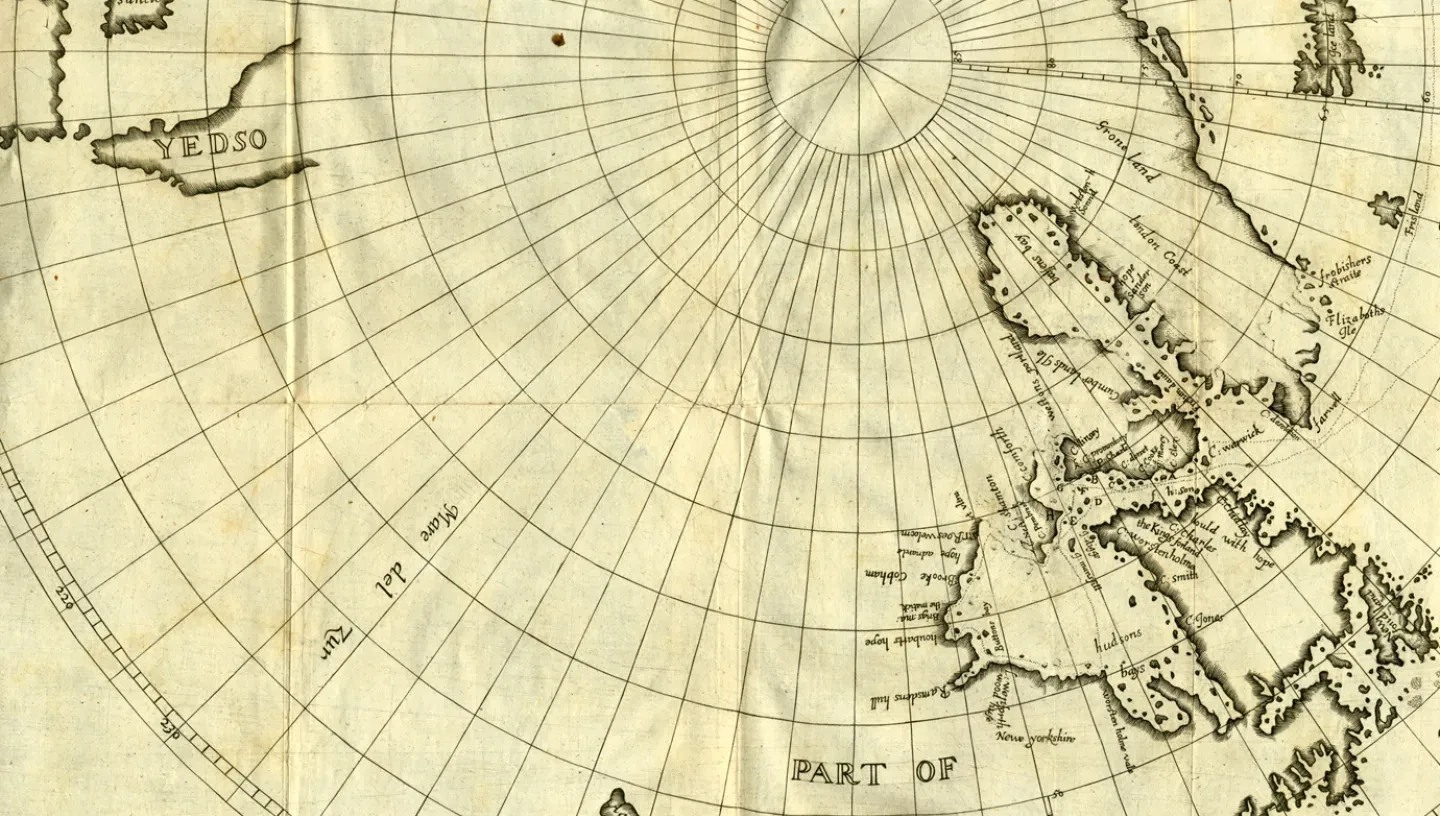
Luke Foxe North-West Passage expedition 1631
Explorer Luke Foxe led an expedition to search for the North-West Passage in 1631. He set out at the same time as rival explorer Thomas James.
Fifteen years after the last English voyage in search of the North-West Passage – the seaway across the Arctic, linking the Atlantic and Pacific Oceans, which would open up trade routes between Europe and Asia – two rival expeditions set out to find it. Luke Foxe and Thomas James led the expeditions. Foxe had long-standing ambitions to get to the Arctic, having been turned down for an expedition in 1606, and had persuaded a group of London merchants to fund his search.
Both men left England in May 1631 aboard 70-ton ships, with 20-man crews and supplies for 18 months. Foxe travelled almost the entire western shore of Hudson Bay, north-east of Canada, but failed to discover any entrance to the North-West Passage. At Port Nelson he found evidence of previous explorer Thomas Button’s expedition of 1612–13, which had wintered there. By chance he also encountered Thomas James’s rival expedition and the two dined together aboard James’s ship Henrietta Maria.
Foxe Channel and Foxe Basin
Foxe then sailed north through today’s Foxe Channel (between Southampton and Baffin Islands) into what is now named Foxe Basin. The expedition made tidal observations, concluding that the tide through Foxe Channel came from the south-east, not from the west as previous parties had reported, thereby dampening hopes that the North-West Passage might take a route through Foxe Basin. Because of worsening health among his crew, Foxe chose not to winter in the Arctic and returned to England, arriving that October without loss of life.